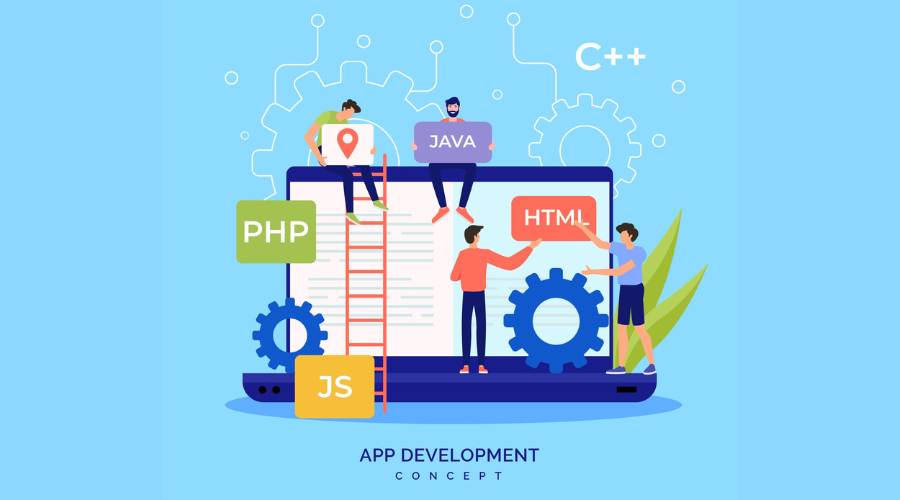Not long ago, most companies were still running data governance the old-fashioned way of spreadsheets, manual tagging, and once-a-year audits. That might have worked back then, when data lived in a few places and AI was still a lab experiment. But it’s 2025, and the stakes have changed. AI now runs mission-critical workflows, regulators are watching more closely than ever, and the cracks in legacy governance models are impossible to ignore.
A compliance leader put it: “We spend more time figuring out where our data actually is than managing the risk around it.” That pain is exactly why AI-powered governance has gone from “nice-to-have” to “no choice.” Traditional methods simply can’t keep up. The future of compliance relies on technologies that can learn, adapt, and enforce in real time.
This article looks at how AI-powered data governance is transforming compliance and risk management, moving away from slow, manual processes and toward adaptive, real-time solutions designed to meet today's regulatory and corporate expectations.
Why traditional government is no longer effective
Legacy governance structures were created via human effort. People had to manually classify data, change policies, and conduct periodic audits. That approach was slow, error-prone, and often outdated by the time reports landed on a regulator’s desk.
Add today’s hybrid and multi-cloud sprawl to the mix, and those gaps turn into real risks. The sheer speed and volume of modern data make manual processes nearly impossible to manage. Periodic audits give you a snapshot; AI gives you a livestream.
How AI-powered governance actually works
AI governance flips the model on its head. Instead of compliance professionals chasing proof, AI generates it constantly and shows it in dashboards accessible to everybody.
Machine learning models scan both structured and unstructured data, automatically identifying sensitive information such as personal records, financials, and intellectual property. The kicker? These models are constantly developing, retraining themselves as new data kinds emerge.
The result is fewer human errors, quicker audit processes, and regulators who see real, reliable verification of compliance.
Reinventing compliance with real-time evidence
Audits used to be dreaded and time-consuming fire drills. Teams worked quickly to collect data from various systems, verify it, and create static reports.
That discomfort has been eliminated due to artificial intelligence. Evidence is continually gathered, policies are automatically enforced, and reports are updated in real time. Compliance managers can now concentrate on serious threats rather than paperwork. Regulators, in turn, see a moving image rather than a faded photograph.
Why AI supercharges risk management
Compliance is more than about checking boxes; it’s about managing risk. AI excels at providing daily risk scores rather than quarterly updates. Rather than waiting months for static audit results, AI constantly recalculates exposure levels. This provides compliance teams with a near real-time view of vulnerabilities, making it easier to prioritize actions.
"Shadow AI" and unauthorized tools are identified early. Workers regularly test out generative AI technologies and unauthorized apps. This consumption can be instantly identified by AI-powered monitoring, enabling businesses to stop data leaks and keep an eye on things before issues get worse.
Predictive techniques identify defects before they become problems. In order to identify locations where compliance breaches are most likely to occur, such as insufficient access control, an undetected third-party integration, or an unexpected rise in sensitive data transfers, machine learning algorithms examine previous data patterns.
The transition from reactive firefighting to proactive prevention is the true innovation that AI governance offers.
The regulatory squeeze is real
By 2026, regulators will not accept shiny policy statements. They will want proof.
In Europe, the AI Act and upcoming GDPR amendments are raising the bar for explainability and responsibility, pushing companies to demonstrate not just compliance, but clarity in how their systems make decisions. Across the United States, finance and healthcare organizations are adapting to new reporting requirements that demand greater transparency and accountability. Meanwhile, in India, the DPDP Act and evolving AI guidelines are reshaping how businesses approach consent and data localization, signaling a shift toward stricter user protections and national data sovereignty.
Companies can’t just build compliance systems for one regulator anymore. Rules vary across countries, and they change fast. What’s needed is a flexible framework that works across multiple laws, and AI-powered governance is one of the few ways to make that possible.
Compliance teams are changing, too
Compliance teams are evolving just as quickly as the technology they’re tasked with regulating. It’s becoming clear that software alone won’t solve compliance. The real transformation is happening on the people side. Legal, security, and engineering leaders are no longer working in isolation; they’re reviewing the same dashboards, making decisions together, and treating compliance as a shared responsibility. This shift is also giving rise to entirely new roles such as AI risk analysts and data compliance engineers. Certifications in AI governance that were once “nice to have” are quickly becoming table stakes. The organizations that recognize compliance as a cross-disciplinary function, not a silo, are the ones pulling ahead.
The challenges you can’t ignore
Let’s be clear: AI doesn’t magically fix everything.
- Biased training data: If the data is biased, the model learns the wrong lessons. This can lead to false positives, overlooked risks, and ultimately regulatory pushback if decisions aren’t explainable.
- High upfront costs: Smaller organizations may feel the pinch before the savings kick in. The investment in infrastructure, tools, and talent often pays off later, but early adoption can strain limited budgets.
- Over-reliance on automation: AI flags risks, but humans still decide what’s acceptable. Without human oversight, businesses risk blindly trusting algorithms and missing the nuance in complex compliance cases.
The best programs blend automation with human judgment.
A roadmap for AI-powered compliance
- Automate data discovery & classification – Map your data and label it right. That’s the foundation.
- Link AI to enforcement – Integrate rules with access restrictions and cloud platforms.
- Switch to continuous monitoring – Trade audits-as-a-snapshot for a real-time risk feed.
- Invest in people – Train compliance, legal, and technical teams in AI frameworks. Tools will not save you; teams will.
Compliance as a competitive advantage
Here’s the kicker: by 2026, compliance will no longer be a burden but rather a differentiator. Companies that use AI governance will be able to market products faster, earn trust with regulators, and gain customer confidence. Those who don’t? Expect penalties, delays, and a loss of credibility.
Previously, compliance was something you endured. AI is becoming a competitive field.
Final word
The scale, speed, and scrutiny of 2025 demand smarter governance. AI-powered data governance is way more than a productivity boost, it’s the future foundation of compliance and risk management.
Organizations leaning in today will stay out of trouble. They will go faster, safer, and with greater confidence than their counterparts. And the impact extends beyond compliance: AI governance enables agility, trust, and long-term resilience.
The future of compliance is about making it possible safely, sustainably, and intelligently.






